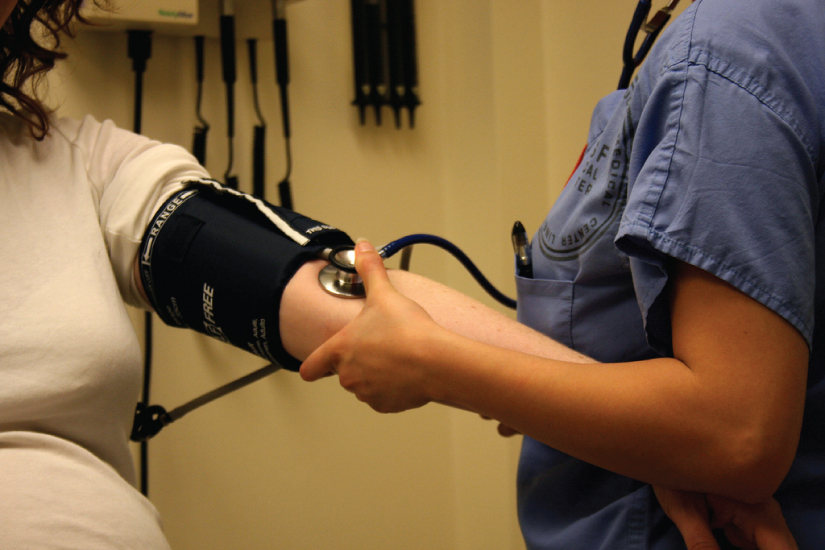
|

1.1 An introduction to the human body Read Online
1.2 The chemical level of organization Read Online

After studying this chapter, you will be able to:
Though you may approach a course in anatomy and physiology strictly as a requirement for your field of study, the knowledge you gain in this course will serve you well in many aspects of your life. An understanding of anatomy and physiology is not only fundamental to any career in the health professions, but it can also benefit your own health. Familiarity with the human body can help you make healthful choices and prompt you to take appropriate action when signs of illness arise. Your knowledge in this field will help you understand news about nutrition, medications, medical devices, and procedures and help you understand genetic or infectious diseases. At some point, everyone will have a problem with some aspect of his or her body and your knowledge can help you to be a better parent, spouse, partner, friend, colleague, or caregiver.
This chapter begins with an overview of anatomy and physiology and a preview of the body regions and functions. It then covers the characteristics of life and how the body works to maintain stable conditions. It introduces a set of standard terms for body structures and for planes and positions in the body that will serve as a foundation for more comprehensive information covered later in the text. It ends with examples of medical imaging used to see inside the living body.
Question: Which one of the following is NOT an endocrine disease
Choices:
Diabetes mellitus
Thyroid disease
Infertility
Obesity
They all are.
Question: Which are primary effects of vasopressin/AVP/ADH (Anti-diuretic hormone)?
Choices:
Increasing water retention
Causing an inflammatory response
Decreasing urine output
Decreasing blood pressure
Question: An arterial decrease in pO2 and increase in pCO2 stimulates the release of ......
Choices:
Oxytocin
ATP
AVP/ADH/Vasopressin
Adrenaline
Noradrenaline
Question: What is the abbreviated name of the enzyme involved in turning cholesterol into Pregnenolone?
Choices:
StAR
MOA
TOA
SAR
Question: Catecholamine hormone synthesis in the adrenal medulla: L-Tyrosine--> __________ --> Dopamine --> Noradrenaline --> Adrenaline What is missing?
Choices:
Hydroxyalanine
Dihydroxyphenylalanine
Dihydroxyalanine
Dihydroxyphenyltyrosine
Question: Which hormone does the cell type corticotrope make?
Choices:
ACTH
GH
PRL
LH/FSH
TSH
Question: Steroid and thyroid hormones have cell membrane receptors.
Choices:
True
False
Question: A secretion deficiency of AVP/ADH/Vasopressin from the posterior pituitary causes the disease.....
Choices:
Diabetes inspidus
Diabetes mellitus
Renal failure
Heart attacks/stroke
Question: Which is NOT a hormone released by the posterior pituitary gland?
Choices:
Oxytocin
MSH
Vasopressin/AVP/Anti-diuretic Hormone (ADH)
Question: The A in the HPA axis stands for ....
Choices:
Adrenaline
Action
Afferent
Adrenals
Question: Which one of these hormones are derived from fatty acids?
Choices:
ATP
TRH
Cortisol
Prostaglandin